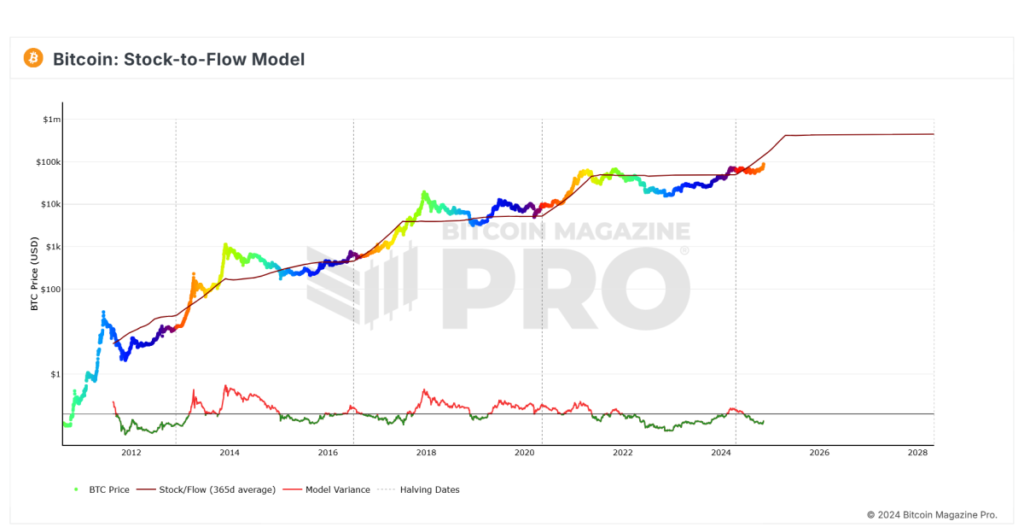]


Look, I am not an expert in public markets, but raising money to buy more Bitcoin seems to be the obvious new alpha for public companies.
MicroStrategy pioneered this strategy, and now, 4 years later, it’s the most compelling and successful story in corporate finance. Microstrategy has been the best-performing stock in the last 4 years, beating every US company, including NVIDIA. That’s crazy, right? All thanks to Bitcoin.
I am sure the CFOs of most public companies are now looking at MicroStrategy and analysing how they turned a $1 billion company into a $70 billion empire in just 4 years, and they are thinking about how they can do the same.
Here’s the playbook:
Use Profits, Equity and Debt to buy more Bitcoin. And tell the world about it loudly.
But let’s be real — MicroStrategy’s Bitcoin playbook won’t pump stock prices forever, at least not for other public companies. The arbitrage opportunity is closing rapidly as more firms adopt similar strategies.
MicroStrategy enjoys first mover advantage and guru status with Michael Saylor. New corporate BTC buyers lack that credibility and cult following with Bitcoiners. The impact diminishes with each new adopter.
Bitcoin’s growth is slowing, too. Doing a 5x annually gets harder as the marginalized rising competition for a somewhat fixed BTC supply spells diminishing relative returns.
Let’s also remember — today’s investors can get Bitcoin exposure easier than when MicroStrategy started. ETFs and funds reduce the impact of new companies holding BTC directly.
All this means the MicroStrategy playbook is closing fast for public companies. Firms considering it must act quickly to maximize gains before the strategy gets overplayed.
To be clear, I’m incredibly bullish on corporations adopting BTC treasury reserves. It’s just that early movers will benefit the most. The impact will wane over time for new adopters.
And of course, regardless of time, companies will continue to benefit from adopting this strategy as the Bitcoin price continues to increase forever.
This article is a Take. Opinions expressed are entirely the author’s and do not necessarily reflect those of BTC Inc or Bitcoin Magazine.




